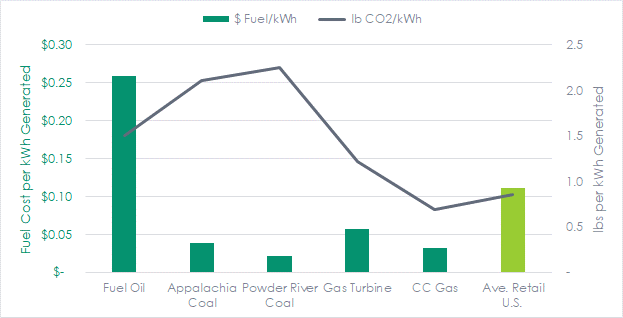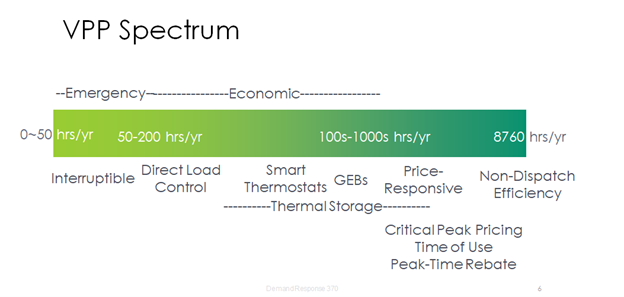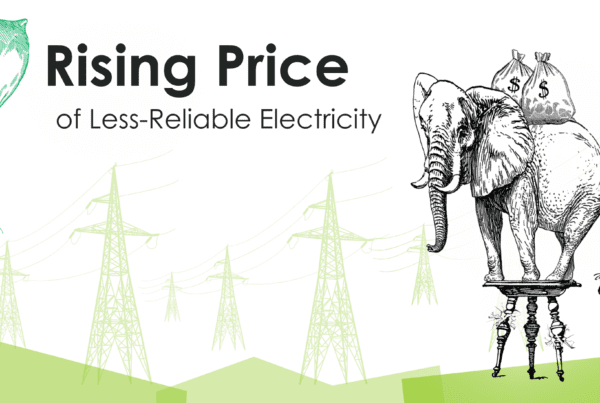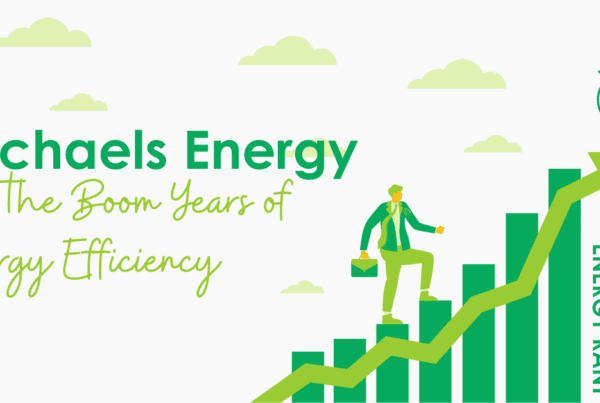
A couple timely articles and posts have dropped since I reintroduced virtual power plants (VPPs) last week. First, I’ll share a LinkedIn post from Matt Golden, CEO of Recurve. He wrote:
“VPPs being defined as dispatchable loads only, is just plain wrong. Just like the grid is supplied primarily by load following and base load power plants, with a small but important amount of peak dispatchable emergency power, VPPs are a combination of long-term load modification and dispatch.
The vast majority of the potential to shape load with virtual power plants comes from things like heat pumps that provide better air conditioning and attic insulation that reduces afternoon summer peaks and winter morning peaks.
These long-term resources are much lower cost, improve buildings and occupant comfort (vs. DR which always requires giving something up), and represents a much larger potential resource.
It’s time for us to think about virtual power plants exactly like the rest of the grid.”
That is interesting because I was just about to define VPPs as dispatchable resources. What if it happens daily for specific time windows, like a battery replacement for a gas-fired peaker plant? That is load shaping, as Matt describes. Essentially, it’s a permanent load shift.
The DOE doesn’t seem to agree per its commercial liftoff document, which says, “VPPs are aggregations of distributed energy resources (DERs) such as rooftop solar with behind-the-meter (BTM) batteries, electric vehicles (EVs) and chargers, electric water heaters, smart buildings and their controls, and flexible commercial and industrial (C&I) loads that can balance electricity demand and supply and provide utility-scale and utility-grade grid services like a traditional power plant.”
On the surface, the DOE declares VPPs consist of solar plus batteries and controllable loads, but later in the document, the document mentions efficiency, “e.g., heat pumps replacing resistive heating technology.”
Demand Side Load Shapes
Every efficiency measure has a different impact on load shape depending on the use case. Efficiency measures almost never impact load constantly around the clock, as portrayed in the DOE’s Grid-Interactive Efficient Buildings (GEBs) Roadmap. You might get that impact for a lighting replacement in a mine or nuclear power plant control room. Otherwise, it’s something else. Measures implemented in a manufacturing plant that operates 24/7 could, on aggregate, provide something close to a permanent load reduction.
 One question was asked on LinkedIn: “How does defining VPPs to include non-dispatchable DERs actually help policy and market development?”
One question was asked on LinkedIn: “How does defining VPPs to include non-dispatchable DERs actually help policy and market development?”
Answer: By incentivizing grid-enhancing desirable impacts on load shape (i.e., WHEN energy is saved and load reduced) rather than cumulative energy savings only – whenever they happen.
Demand is the New Supply
The second article that caught my eye was from RTO Insider, which featured coverage of Gene Rodrigues’s keynote address to the Alliance to Save Energy’s policy summit. “[Gene] managed to get through a thundering, seven-minute keynote… without even one de-rigueur mention of the Inflation Reduction Act, Infrastructure Investment and Jobs Act, or President Joe Biden’s economic agenda.”
I love Gene. He’s just what you need a half hour after a big lunch on day two of a conference. Boom! Energy and clarity. “Demand is the new supply,” meaning after 100-plus years of building baseload, load-following, and peaker power plants and associated transmission systems to meet growing demand for power, we need loads and storage to follow intermittent supply.
Price Responsive
Load-following supply isn’t easy unless customers do it on their own through price signals that are strong enough to change behavior. Is that part of a virtual power plant? I would say so – like a stack of generating resources, individuals can manage their loads via volatile wholesale pricing passed through on retail rates.
For example, fuel costs could be passed through as marginal costs. The chart below shows fuel costs per my most recent update, September 2023.
 Beyond fuel costs, there is scarcity pricing driven by peaker plants or batteries that need to recoup their fixed costs over a few hours of operation per year. The cartoon below, repurposed from a couple of years ago, demonstrates.
Beyond fuel costs, there is scarcity pricing driven by peaker plants or batteries that need to recoup their fixed costs over a few hours of operation per year. The cartoon below, repurposed from a couple of years ago, demonstrates.

Grid-Interactive Efficient Buildings
I’m not sure when it started, but cars built in the last two or three years are loaded with sensors for safety, which gives me a little PTSD at times. When in cruise control, the car will maintain a “safe” distance, which is somewhat adjustable per driver preference. These features are somewhat like GEB controls. Customers can pick and tune solutions they can tolerate, such as temperature and lighting-level changes, or choose to do without some things for short periods, like pumps for irrigation or decorative fountains or elevators and escalators.
My theory is that GEBs can establish control strategies that are not unlike a “smart” thermostat. A smart thermostat can do first-grade math, whereas a GEBs strategy with a building automation system can do differential equations and linear algebra (I never took that, but I hear it’s difficult). Building automation systems can be leveraged to deploy several load management strategies, including load shed/shift and duration of the event – i.e., many dimensions rather than two dimensions (temperature change and duration) for a smart thermostat.
Storage
As described above, the DOE encourages battery storage with solar installations. California and other states with high solar penetrations are doing this by reducing compensation to solar generators that dump electricity onto the grid when there is an oversupply (see the recent Solar Wars).
Electric batteries can increase carbon emissions in two ways (one and two). Still, more importantly, they have an environmental and human footprint that rivals the sun’s surface, which is large enough to hold 1.3 million planet Earths. When batteries catch fire, get out because they are inextinguishable, and if you are already out, pull up a chair and watch it burn.
The far better alternative is thermal energy storage, a bandwagon I’ve been on since 2020, at least. At least 65 GW of load management is available, just with large-scale warehousing and chilled water alone in the United States. That doesn’t include distribution centers (Sysco, U.S. Food, etc.) and retail (grocery, C-stores, and restaurants). And try as you might with a blowtorch; it won’t burn – and it doesn’t require third-world child labor or rainforest destruction to manufacture. Thermal energy storage can be a dispatchable resource for dozens of hours per year or more permanently, up to two thousand hours per year, daily.
Closing
Virtual power plants can include everything on the load management spectrum, from steady-state modification via efficiency measures to rarely dispatched interruptible resources. Notice the change below compared to last week.





